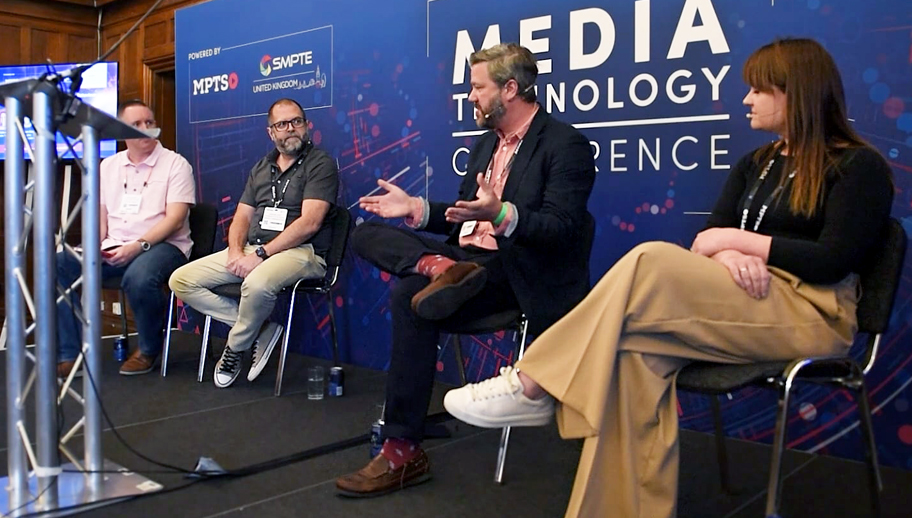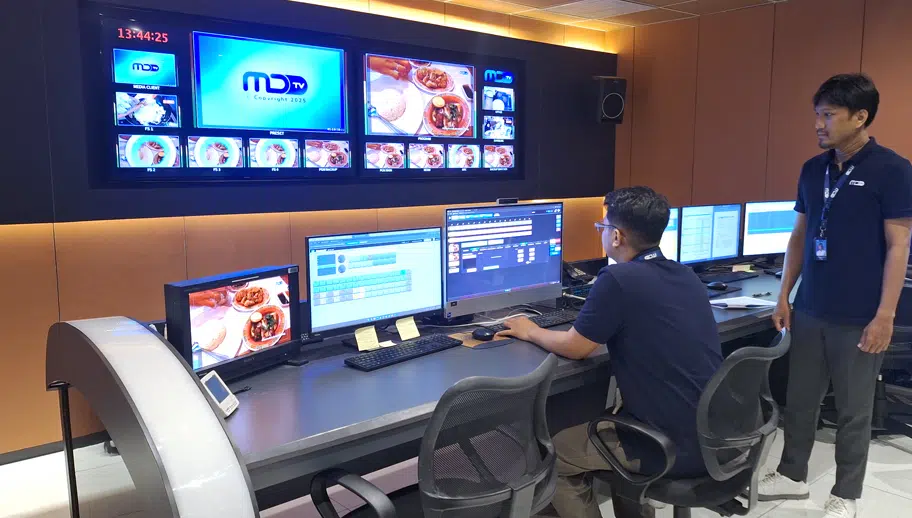
The media scene as we enter 2023 is looking very exciting. There is a significant change dynamic underway, which features two critical factors in alignment: consumer demand and technology enablers.
Here are my top 5 predictions for 2023, along with insight on the modern tech enablers that will help media companies successfully navigate the year’s challenges and opportunities.
1. Demand for emerging models like FAST will continue — the best tech enabler is cloud.
The pandemic changed a lot for all of us, of that there is no doubt. And one of the things that happened was that we could not go out for entertainment, so we stayed in and watched television. That meant we dug more deeply into the resources available, and we saw a rapid expansion of choices for how to get our content.
- Traditional channels still had their place, and I think they are going to be around for quite a while.
- Streaming services also prospered, although I believe there may be changes there, as more media companies offer direct-to-consumer channels and established players shift their business models ― Netflix running advertising, for example.
But we also saw a number of new entrants providing online linear channels. We called it FAST (free, ad-supported streaming television). It hit a sweet spot with consumers, not least because it offers the prospect of niche channels that people love to dip into with an ad-supported model — so no subscriptions or fees.
The demand was there, but so too were the enablers, in the form of technology. And the key here is the cloud.
Using the cloud to organize and distribute media gives us the flexibility and agility to quickly respond to market demands. More important, it allows us to move toward unified origination.
“The demand was there, but so too were the enablers, in the form of technology. And the key here is the cloud. Using the cloud to organize and distribute media gives us the flexibility and agility to quickly respond to market demands.”
2. Unified origination will replace costly, inefficient workflow silos.
Early forays into cloud left major content companies operating multiple silos — each focused on a particular platform or offering, and with very little commonality or communication between them.
What the industry learned from this was that to efficiently respond to commercial opportunities as they arise, you need to be able to switch resources and interconnect workflows. Unified origination means that content companies can control costs while maintaining the quality of their output.
The significant shift here is in monetizing all this. If you are simply responsive ― other people are streaming or starting FAST channels, so I guess we should to ― then you have no plan to ensure you get a fair return across all your content, and it is hard to pin down which channels are making you money and which are not.
“…to efficiently respond to commercial opportunities as they arise, you need to be able to switch resources and interconnect workflows.”
3. Combining the best of linear and digital advertising will deliver major payoffs.
A transformation that will gather pace in 2023 builds on the unified origination concept and brings all the advertising together in one place. One sell to the advertiser, one campaign, one definition of audience views — but realization across all platforms.
That model is transformative because it gives advertisers the certainty of measuring audiences directly in terms of views, like a digital platform, but with all the premium values of television advertising — such as frequency and pacing — being associated with appropriate content and more. Intelligent ad servers can make millions of placement decisions in seconds to ensure that every bit of the advertising inventory, across every output, achieves its maximum revenue.
This, too, points toward the cloud as the place to deliver. It has the processing power for all this decision-making and the connectivity to deliver content and commercials in a seamless flow to any platform anywhere.
“One sell to the advertiser, one campaign, one definition of audience views — but realization across all platforms.”
4. Continuing supply chain issues will make the case for cloud even stronger.
The cloud is becoming more important for another reason: supply chain issues. We have long accepted that virtually all broadcast technology now is founded in clever software running on IT industry-standard hardware: processors, storage and switches. But we are still in the midst of a supply chain crisis for exactly those products.
The global chip shortage has had a huge impact across many industries. For us in media, it means that the old idea of a box per function has been forced out because it is still hard to get those boxes. And to put it bluntly, AWS or Microsoft Azure simply has a great deal more purchasing power than a broadcaster, or even a large vendor like Imagine.
In many cases, it makes good business sense to put as much processing in the cloud as possible, because you can agree the right SLA for broadcast services, get access to the capabilities to run those services, and connect directly to both advertisers and consumers through the cloud. Operations in the cloud, for the cloud, and to the cloud.
“The global chip shortage has had a huge impact across many industries. For us in media, it means that the old idea of a box per function has been forced out because it is still hard to get those boxes.”
5. Open and easy-to-use models for integration will be key to a thriving future.
I have one more prediction for 2023 (and beyond), which is that we are going to be talking a lot more about interoperability. The media industry has already seen a lot of work on this front with initiatives such as the AIMS roadmap and SMPTE ST 2110. But as we become a specialized branch of the IT industry, so will we have to embrace other applications.
Our industry continues to move toward software architectures and virtualization. That brings huge opportunities for efficiencies, not least as we integrate content workflows with the business systems that surround them. In advertising, for example, broadcasters already have a sales front end and they have billing and CRMs. Those applications work for them, and they do not want the disruption of change.
To maximize efficiencies, we need to make it as simple as possible to integrate media-specific workflows with business systems, such as ad decisioning and playlist automation. This is why Imagine has made a significant investment in developing all the APIs that customers and partners will need to integrate into these other systems.
More than that, we have published these APIs so that systems integrators, whoever they are, can see the potential for massive efficiencies through tightly bound systems. Imagine has adopted Swagger as our online repository for APIs, but other choices exist. Whatever you choose, the key to a thriving future is to enable open and easy-to-use models for integration, so we can all move forward faster.
The idea that it is “only software” and it can be made to do anything still prevails. But for that to succeed, we must all be open about how to do it. Cooperation and collaboration are going to be the watchwords for 2023.
“To maximize efficiencies, we need to make it as simple as possible to integrate media-specific workflows with business systems, such as ad decisioning and playlist automation.“
Conclusion
There is a significant change dynamic underway in 2023 driven by two critical factors in alignment:
- Consumer Demand – Whether traditional linear, streaming, DTC, or emerging services such as FAST, consumer demand for content on every platform continues to surge.
- Technology Enablers —Using the cloud to organize, distribute and monetize media enables you to quickly respond to market demands and ensure a fair return across all your content.
Backed by five decades of industry innovation, Imagine has real-world expertise in helping media companies navigate change. If you are looking to implement any of the above or just need to talk it through, our knowledgeable teams are ready to answer your questions and provide assistance.











